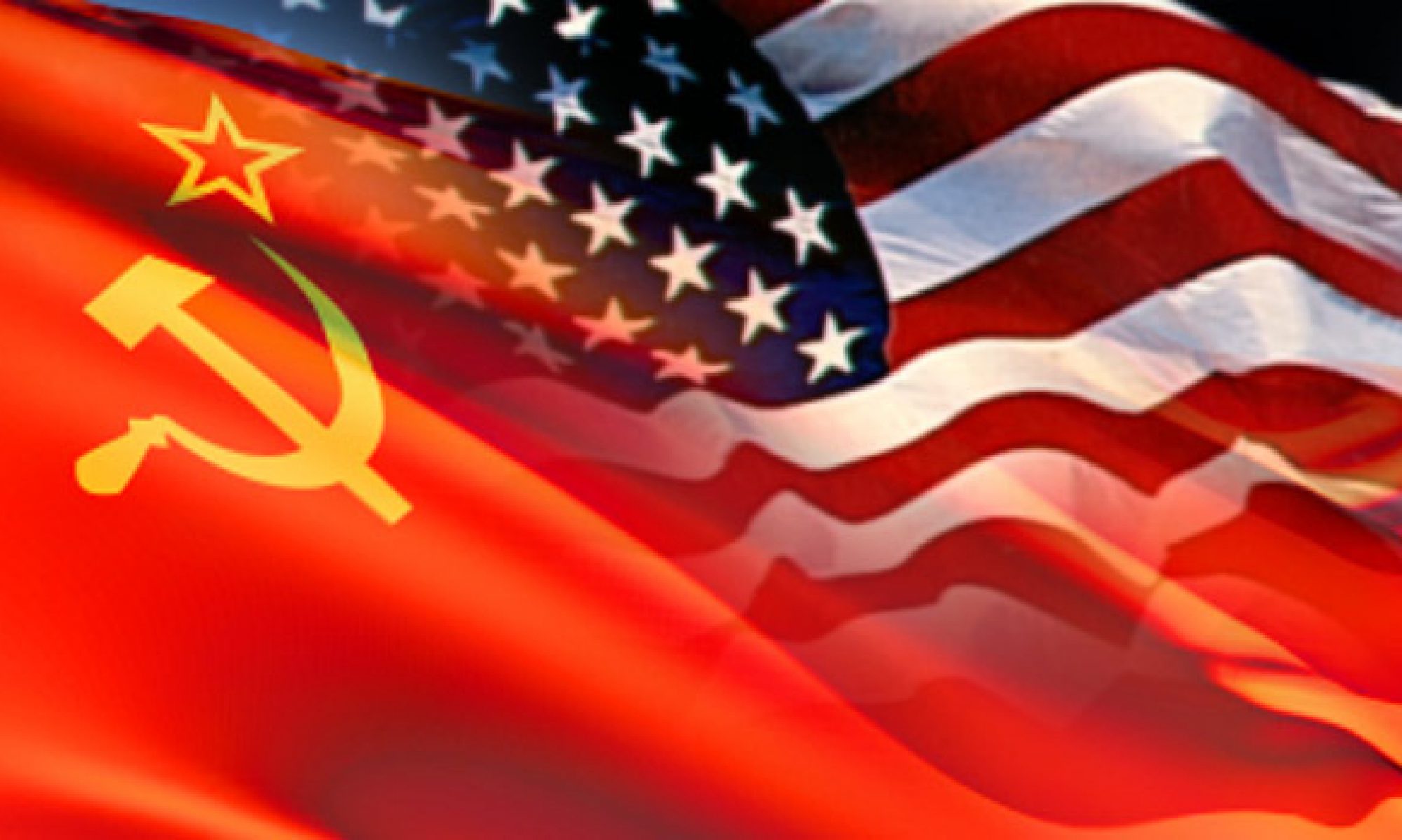
Well, here we go with reviewing Michael Palmer’s The War That Never Was, a hybrid history book/novel of a fictional Third World War supposedly ‘fought’ in 1989. Originally published in 1994 after the fall of the Soviet Union, Palmer’s book missed the jackpot zone for WWIII technothrillers by at least five years. Had it been published in the late 1980s before the Berlin Wall fell, reception and reviews would’ve been far more positive. As it stands now in 2024, The War That Never Was can hardly be considered a failure. Yet it could’ve been so much more than the borderline cult status it now enjoys in the World War III genre reading community.
The book is not the typical hypothetical history of a ‘what if ‘war. In reality, it is a book about the results of a hypothetical wargame based on a ‘what if’ war that was never fought. To put it another way, the war Palmer writes so deeply about never took place in an alternate history or elsewhere. Now, to be fair, some authors will game out the events of a fictitious conflict that they intend to write about. Palmer took it a step beyond and explained The War’s premise in the prologue. Back when I read the book for the first time, I thought that was a clever move. Now, twenty-two years later, I’m not so certain. But we’ll get to that in Part II.
Although World War III in Palmer’s book presents itself as a typical scenario, little attention is given to the Central Front or North Atlantic. Instead, Palmer goes into deep detail on other regions across the globe and is quite focused on naval and air combat. I don’t have an issue with that but the Central Front and North Atlantic should’ve been included too, and in some detail. Those two theaters are the heart of every NATO-WP WWIII scenario and just about every reader wants to learn how these battles will develop and ultimately play out. I mean, the action on NATO’s Southern Flank and elsewhere is presented in a very straightforward, deep manner, but these are mere appetizers for the Central Front main course.
To be fair to the author, I understand why he minimized the Central Front and North Atlantic through most of The War. Palmer did not want to follow the same path as General Sir John Hackett or Tom Clancy. Instead, he opted to carve out his own WWIII niche by centering his work on naval and air battles across the rest of the world. In that respect, Palmer was successful. He portrayed the events and battles of his 50-day WWIII in places like the northern Norwegian Sea, Persian Gulf and Western Pacific. Unfortunately, the tone used in most of the book is akin to that of a technical manual, not a novel or narrative nonfiction. In fact, The War’s hybrid foundation turned out to be its greatest weakness, and eventually what kept the book from finding a large degree of mainstream success.
I’ll explain this more in Part II, which should be up at the end of the week. I want to get a WWIII 1987 blog post up earlier.

The problem with wargaming the Central Front on a strategic level is that the concentration of firepower is so great that it often amounts to just drawing a circle and the word “BOOM” over Germany.
LikeLiked by 1 person
I read the book years ago, and it came across as what it claimed to be: a wargame. Because it lacked a story and a set of characters to engage the reader, such as a Tom Clancy novel would, this reader found it difficult to care about the results of the conflict. A good story has characters that exhibit growth (or failure) as they meet the challenges presented. Call it virtue or qualities, but it is the stuff readers need.
LikeLiked by 1 person
Kenneth, I’m with you on that. 🙂
LikeLike